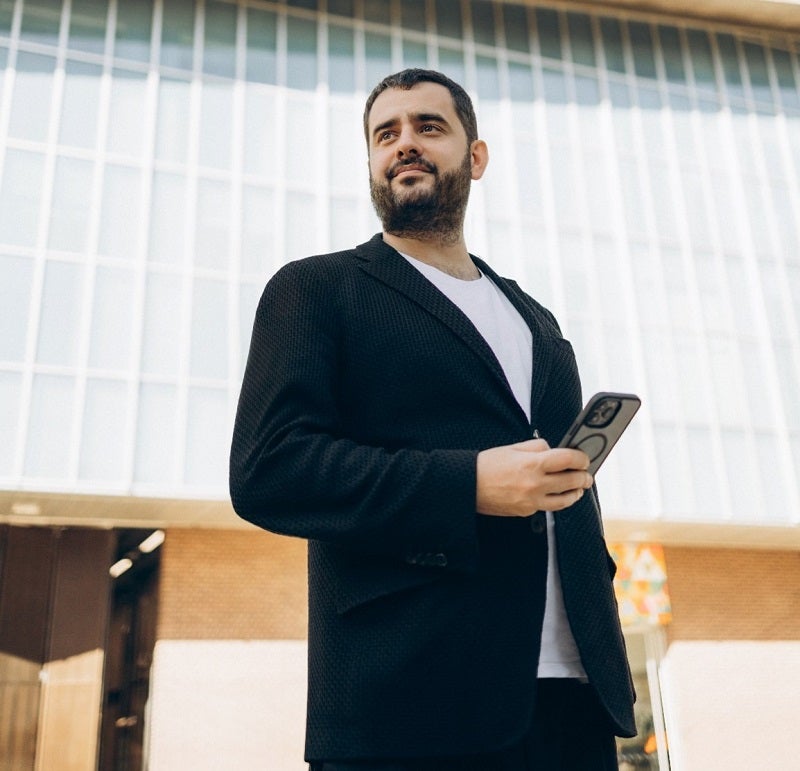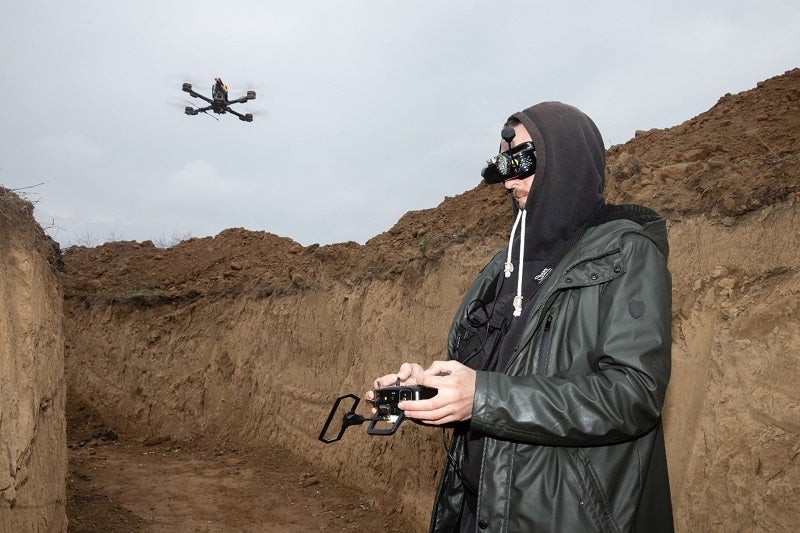Numerous Ukrainian start-ups are set to benefit from new ties with British defence circles now that the UK-Ukraine TechExchange – a programme ultimately designed to innovate Ukraine’s frontlines – launched at the end of February 2024.
Its London-based Ukrainian founder and investor, Andriy Dovbenko, alluded to his objectives and the problems underlying Ukraine’s war effort in an exclusive interview just after the programme sprang into existence.
TechExchange is a unique programme created with a goal in sight: to empower Ukraine’s Armed Forces by providing a technological edge over invading Russian forces. In doing so, Dovbenko hopes to empower Ukrainian start-ups by forging ties with the UK’s growing defence economy.

“I felt like the United Kingdom was quite vibrant especially to Ukraine’s venture capitalist environment, so we talked to some of those guys and helped them to connect to the UK investment market.”
Ukraine’s defence environment is largely state-owned, which he suggested has proven effective, but there is also reliance on private companies too, which have brought about enormous innovation to Western markets.
“If these [Ukrainian] companies don’t have the possibility to integrate into some broader community, [and] hopefully [when they] win the war, they will maybe have the option to sell this technology. But it will not be a very good outcome for them,” he anticipated.
However, “if they manage to build and integrate with the big companies, with some buyers outside of Ukraine, with the proper corporate structures, with institutional investors who will provide, not only money but expertise, this may allow them to grow.”
TechExchange endorses cheaper technologies
“Another part of this was that we’ve seen some good interest in UK companies to try to test their technology in Ukrainian battlefields because it’s the best testing ground now. It’s a bit sad, but it’s the reality.
“Most companies have some unique qualities about them, but many companies try to compete in very similar fields. It’s just the way to do it better, quicker, smarter and cheaper – cheaper is very important, in many cases – but in some cases, no, you just build stuff which is up to one and a half million dollars and it’s still a UAV [uncrewed aerial vehicle] system.
Meanwhile, TechExchange’s first Ukrainian cohort include:
- Pilotechnika, a Ukrainian customised uncrewed aerial vehicle (UAV) company that responds to Ukraine’s specific military requirements.
- Skyeton, Ukraine-based manufacturer of unmanned aerial systems (UAS), providing accurate aerial data for precise ground intervention.
- Zvook, Ukrainian AI-powered acoustic sensor company used for detecting drones, missiles and other artillery.
- Transimpex, Ukrainian demining start-up clearing land affected by armed conflict.
Dovbenko continued to emphasise the cost of producing systems as a key consideration:
“If you’re talking about First Person View (FPV) drones [for example], in reality, the cheapest way to [source them] is to buy the Chinese one, reprogramme it, change it a bit, and it will cost less than $1,000. It still will work its purpose on the battlefield, because basically, it was replaced. It's like a smart artillery shell with a good operator actually, it could be quite precise.”

Outpacing Russia’s war machine
The problem with Russia is that they have a required industrialised production of all their systems at an extensive scale.
According to the Washington-based think tank, in a piece published in October last year, the Carnegie Endowment for International Peace claimed that for the first time in modern history, Russia is set to spend 6% of gross domestic product on the military, and defence spending will exceed social spending.
“I’m not only talking about normal artillery shells,” Dovbenko continued, “which they produce at a great amount, but much less safer than Western examples, but they are much cheaper, and they can be produced much, much quicker. But the same goes with drones. They have these two land sets for surveillance, which are quite developed, we should recognise that and they are being produced on an industrialised scale.”
Whereas, in Ukraine, “drones and some similar technologies are produced by the state, but there is still great reliance of many private companies, which produce in many cases, some good stuff, but they don't benefit from economies of scale, because it’s not only funding to expand your production, but it’s also not very safe, because again, you can be bombed.
“So that’s what its like at this very moment. I would say Ukraine is under-supplied, not only by conventional weapons, but also about the biases, like our autonomic new weapons. And that’s why that’s one of the reasons whereas the Ukrainian forces just retreated from the Avdiivka. It's a lack of weaponry.”









